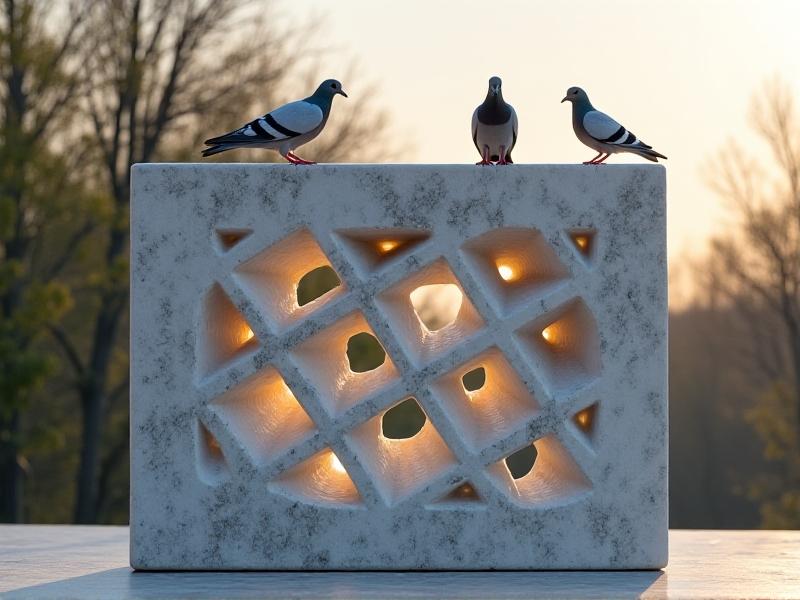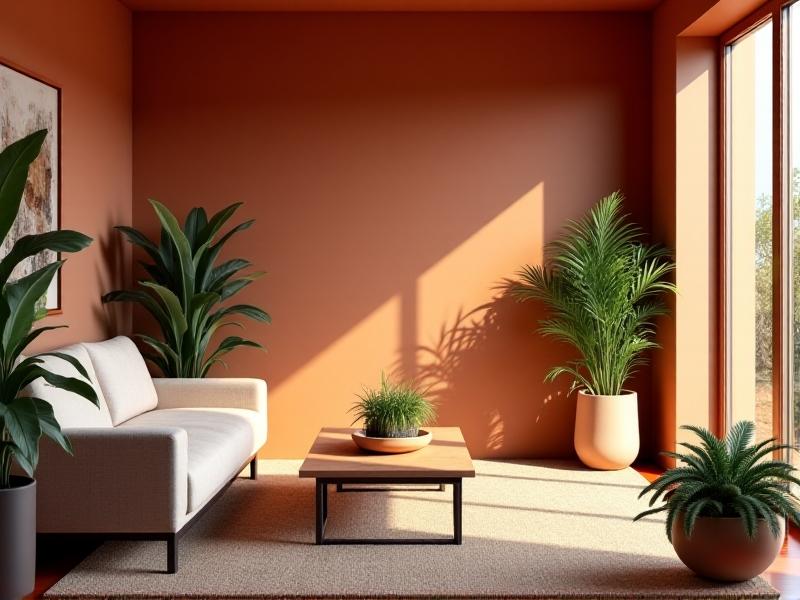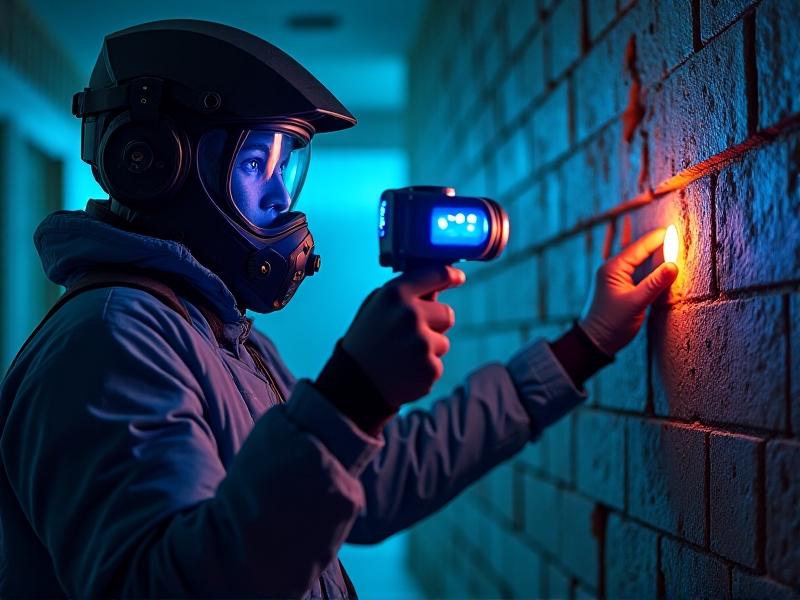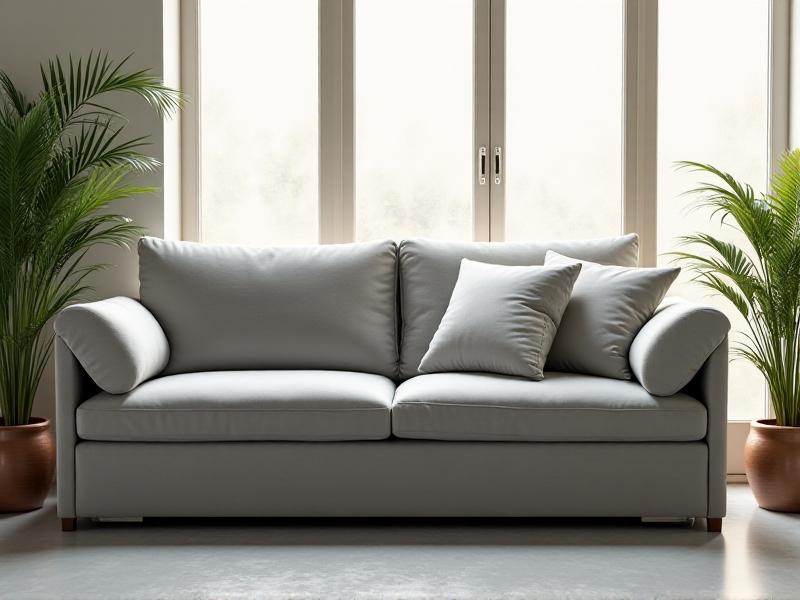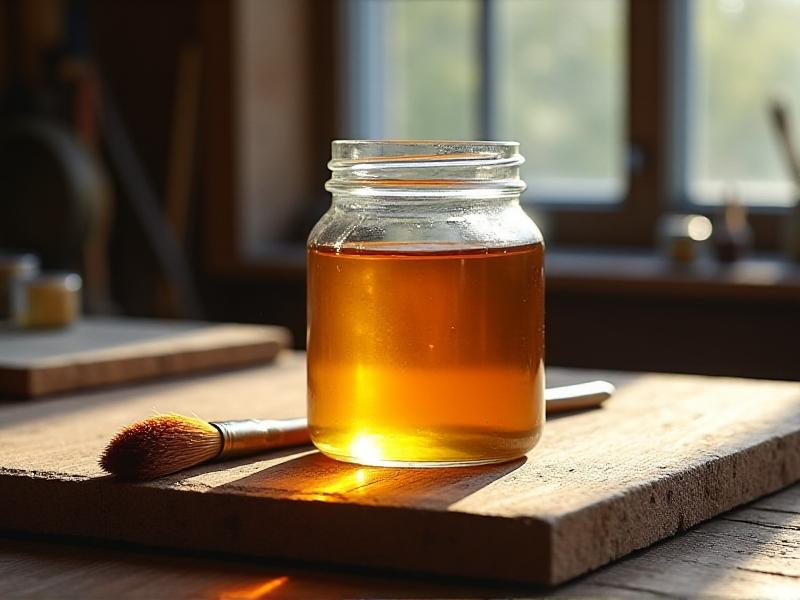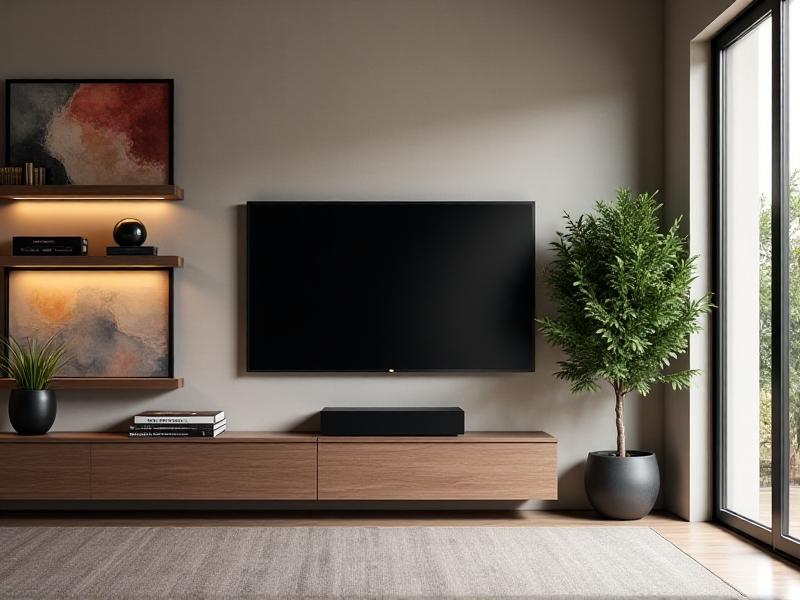Vinegar Patination: Creating Controlled Rust for Character
The Alchemy of Rust: Introduction to Vinegar Patination
In a world obsessed with pristine surfaces, vinegar patination offers a rebellious charm by harnessing the beauty of decay. This technique transforms raw metals like steel, iron, or copper into textured, rusted masterpieces through controlled chemical reactions. Unlike natural oxidation, which can take years, vinegar patination accelerates the process using everyday household ingredients. Artists and metalworkers favor this method for its affordability, accessibility, and ability to create organic, timeworn finishes that evoke industrial heritage or dystopian aesthetics.
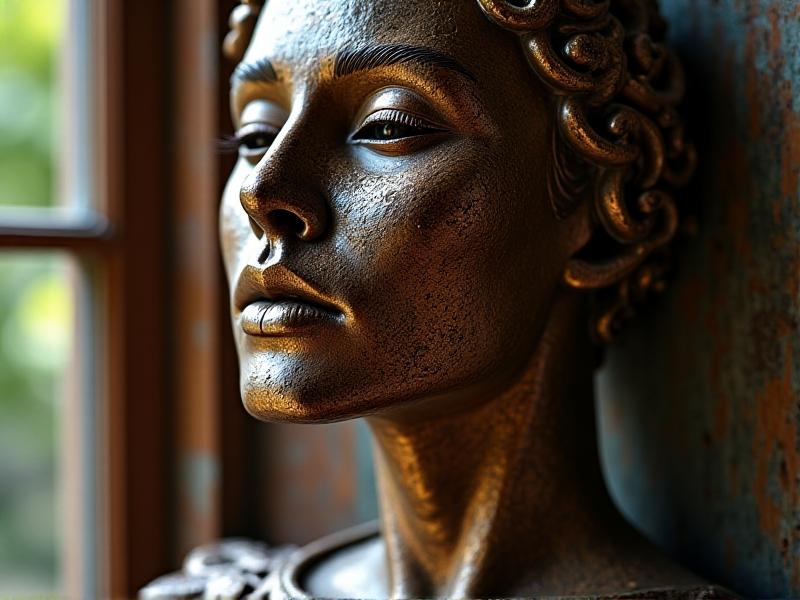
Why Vinegar Works: The Science of Controlled Oxidation
Vinegar’s acetic acid (typically 4-8% concentration) acts as a mild corrosive agent, stripping away protective layers on metal surfaces to expose raw iron molecules. When combined with salt—a catalyst that enhances ion exchange—the solution initiates an oxidation cascade. Oxygen from the air then reacts with exposed metal atoms, forming iron oxide (rust). The humidity, temperature, and application method influence the speed and pattern of corrosion, allowing crafters to manipulate outcomes. For instance, spraying versus soaking creates distinct textural effects, from fine speckles to dramatic crusting.
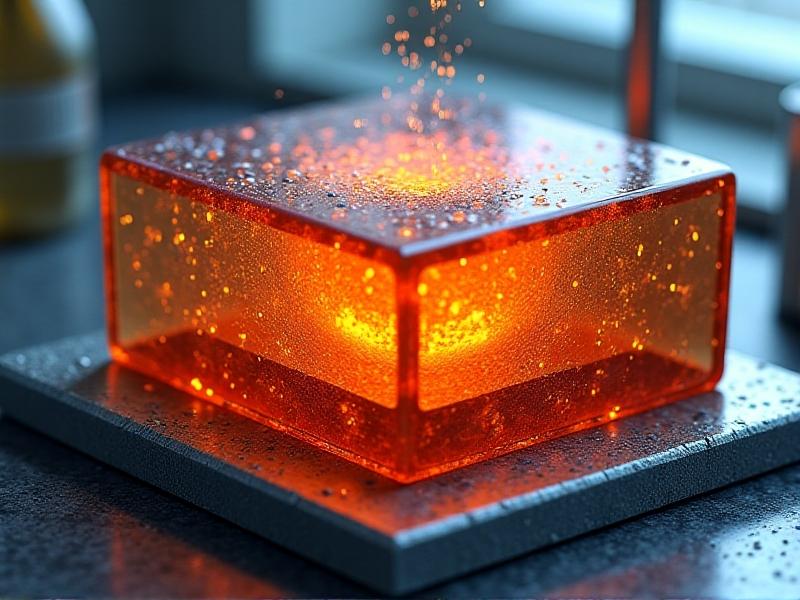
Essential Materials for DIY Rust Alchemy
A successful patination project requires minimal supplies: white vinegar, table salt, hydrogen peroxide (to accelerate reactions), spray bottles, and protective gloves. For porous textures, add cornstarch or flour to create a paste. Metal selection is critical—cold-rolled steel rusts faster than galvanized varieties, while copper yields blue-green verdigris. Optional additives like tea bags or mustard introduce tannins for richer color variations. Always work in a well-ventilated area, as the process releases faint acidic fumes.
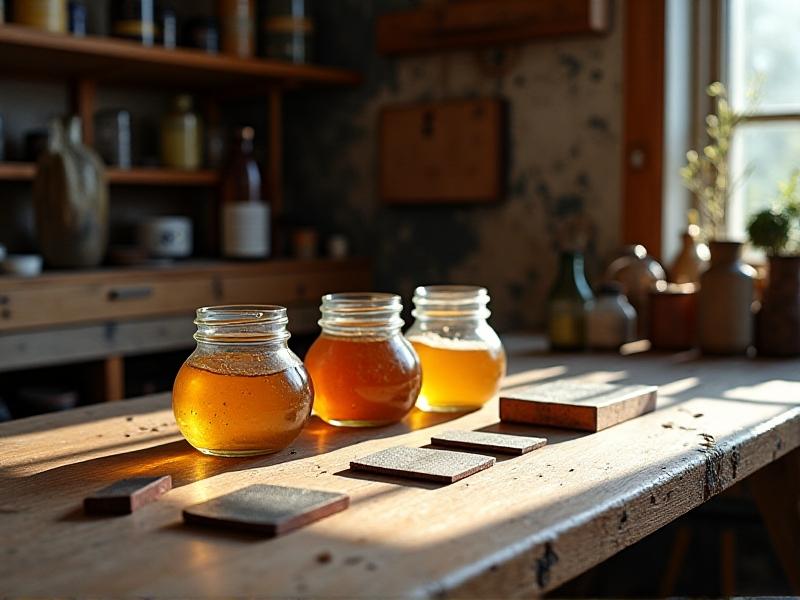
Step-by-Step: Transforming Shiny Metal into Rusted Art
Begin by sanding the metal to remove factory coatings. Mix equal parts vinegar and hydrogen peroxide in a spray bottle, adding 1 tablespoon salt per cup of liquid. Generously coat the surface and let it sit horizontally. Within hours, faint orange blooms appear. Reapply the solution every 6-8 hours for deeper corrosion. To create splatter effects, flick the mixture with a stiff brush. After 24-48 hours, neutralize the acid with baking soda and seal the rust with matte clear coat. For layered textures, scrub partially cured rust with wire brushes between applications.
When Rust Rebels: Troubleshooting Unpredictable Results
Uneven patination often stems from inconsistent moisture levels. Use plastic sheeting to maintain humidity around the workpiece. If rust appears too powdery, reduce salt concentration; for deeper adhesion, introduce a 10% bleach solution. Greenish hues indicate excess chloride—rinse the piece sooner. Never let pooled solution dry on the surface, as it creates blotchy rings. To salvage over-oxidized areas, gently sand and reapply targeted sprays. Document each batch’s ratios and timing to replicate desirable effects.
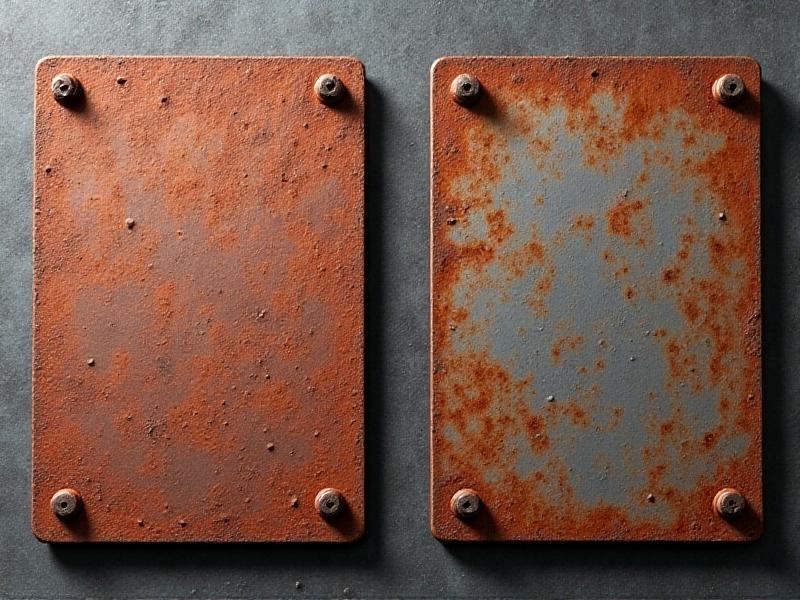
Designing Decay: Aesthetic Strategies in Rust Art
Intentional rusting transcends mere technique—it’s a dialogue between control and chaos. Mask off areas with wax or tape to preserve metallic accents. Layer rust tones by alternating vinegar concentrations: higher acidity (20%) produces rapid blackening, while diluted sprays build up amber undertones. Embed organic materials like leaves into the corrosive paste to create botanical silhouettes. For narrative depth, combine rusted elements with polished brass or turquoise inlays, mimicking archaeological finds.
Safety First: Handling Corrosive Materials Responsibly
While household vinegar is low-risk, prolonged skin contact can cause irritation. Always wear nitrile gloves and goggles when handling acidic solutions. Dispose of spent mixtures by neutralizing with baking soda before pouring down drains. Avoid inhaling rust particles by wet-sanding sealed surfaces. In outdoor installations, apply rust converter primers to prevent structural weakening. Contrary to myth, properly sealed vinegar patina won’t stain surrounding materials or transfer to clothing.
From Junk to Jewelry: Unexpected Uses for Vinegar Patina
Beyond sculptures and furniture, this technique revitalizes everyday objects. Rust-etched knife blades gain a rustic chef’s appeal, while patinated gears become steampunk pendants. Landscape designers embed rusted panels in gardens as evolving art pieces—their appearance shifting with seasons. A emerging trend sees interior designers using wall-sized rusted panels as statement backdrops, sealed in epoxy resin for preservation. Even 3D-printed metal prototypes undergo vinegar treatments to simulate aged prototypes.
